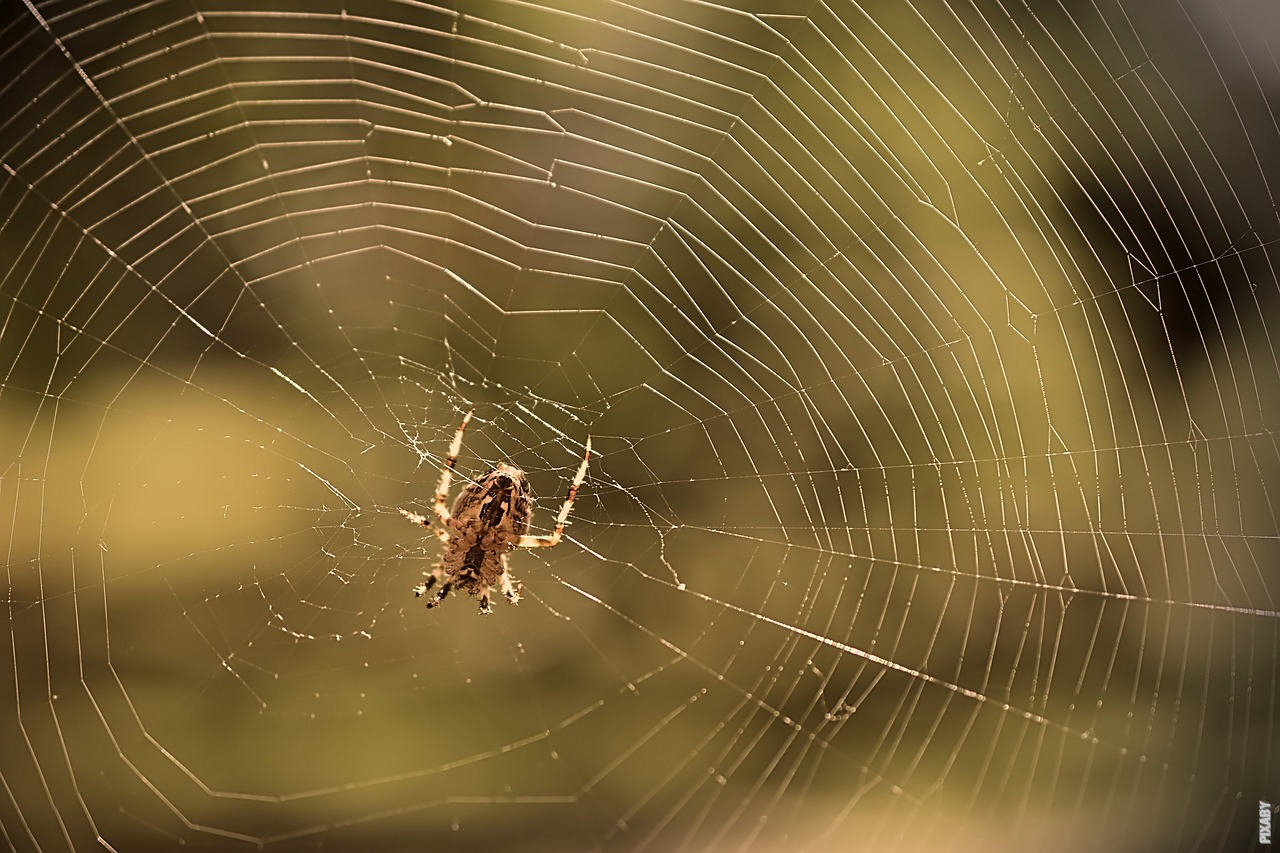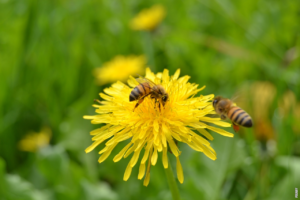Master Architects of the Natural World
Spiders, with their intricate and beautiful webs, have fascinated humans for centuries. These eight-legged creatures are master architects, capable of constructing complex structures that serve as their homes and hunting grounds. Let’s dive deep into the world of spider web weaving to understand the incredible process behind this remarkable feat.
The Art of Silk Production
At the heart of a spider’s web is silk, a material stronger than steel on a per-weight basis. Spiders produce silk in specialized glands located in their abdomen. The silk is created by combining proteins and other substances, resulting in a liquid solution that hardens upon exposure to air. This remarkable natural material allows spiders to construct webs of outstanding strength and elasticity.
Constructing the Framework
Spiders begin the web weaving process by releasing a fine thread of silk into the wind. This thread acts as a foundation line, allowing the spider to establish a base for the rest of the web. Once the foundation line is secure, the spider moves to the center and begins building the radial lines.
The Intricate Spiral
After the radial lines are in place, the spider starts creating the spiral. It does this by spiraling inward from the outside, attaching the silk to the radial lines as it goes. The spider carefully controls the tension of the silk to ensure the web’s stability. The spiral lines are sticky, designed to catch unsuspecting prey, while the radial lines remain non-sticky, allowing the spider to move around without getting trapped.
Web Variations
Not all spider webs are created equal. Different spider species have evolved various web designs to suit their hunting strategies. Some spiders weave orb-shaped webs, capturing insects in a sticky spiral, while others construct funnel-shaped webs that guide prey into a trap. Some even build horizontal nets or triangular webs. Each design showcases the spider’s adaptability and ingenuity in exploiting its environment.
Post
Post
Web Maintenance and Recycling
Spiders are not only skilled builders but also diligent maintenance workers. They regularly patrol their webs, removing debris and repairing any damage. Spiders can even eat their old webs, recycling the valuable silk proteins to create new ones. This efficient approach ensures that the spider’s web remains in excellent condition and ready to capture prey.
A Marvel of Nature
Spider web weaving is a true marvel of nature, showcasing the ingenuity and adaptability of these remarkable creatures. The intricate process of constructing a web using silk produced within their own bodies is a testament to the incredible complexity of the natural world. So, the next time you come across a spider web, take a moment to appreciate the skill and artistry that went into its creation.



